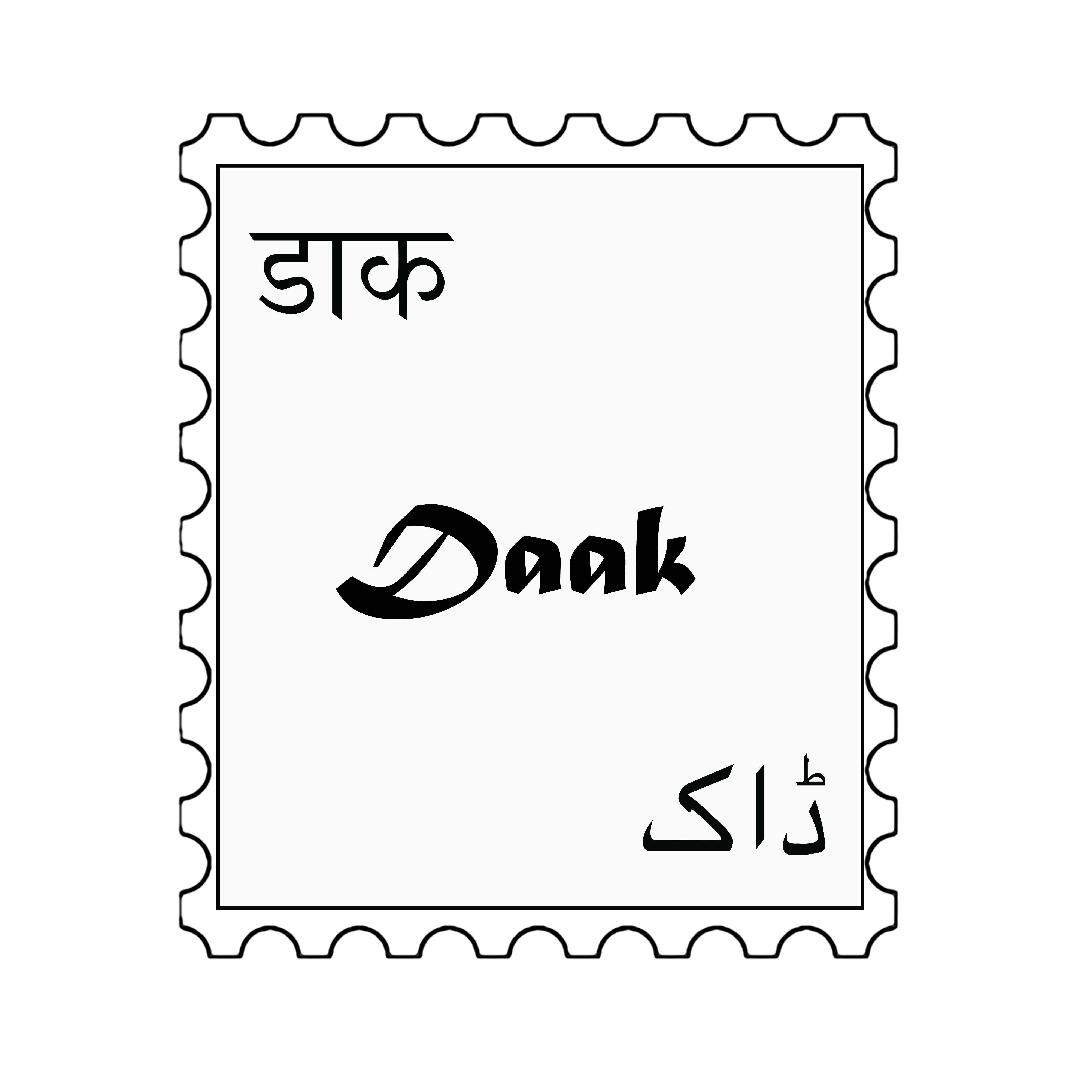
Beyond Dualities: The Hymn of Creation
The ability to think critically and ask questions about existence has been the cornerstone of human evolution. Even religious and spiritual texts have evidence of this curiosity and inquiry. Perhaps the earliest known example of this can be found in the Nasadiya Sukta (which translates to “not the non-existent”), also known as the Hymn of Creation, found in the tenth mandala of the Rig Veda. Believed to be composed in the 9th century BCE, its concern with the origins of the universe has continued to fascinate scientists and philosophers alike.
In the opening line itself, the text establishes a mysterious state of being where neither the non-existent nor the existent exist. This state is occupied namelessly and soundlessly by the One who is beyond dualities such as life and death, being and non-being, day and night, and so on. While the next few verses describe the birthing of the universe by the One through thought and desire, it is the last line that leaves the reader with a great perplexity: who or what created the Universe cannot be known, even by the maker himself. This finale has also been interpreted by some as the earliest sign of atheism and religious skepticism.
Read the full poem along with its translation below:
nā́sad āsīn nó sád āsīt tadā́nīṃ
nā́sīd rájo nó víomā paró yát
kím ā́varīvaḥ kúha kásya śármann
ámbhaḥ kím āsīd gáhanaṃ gabhīrámná mr̥tyúr āsīd amŕ̥taṃ ná tárhi
ná rā́triyā áhna āsīt praketáḥ
ā́nīd avātáṃ svadháyā tád ékaṃ
tásmād dhānyán ná paráḥ kíṃ canā́satáma āsīt támasā gūháḷam ágre
apraketáṃ saliláṃ sárvam ā idám
tuchyénābhú ápihitaṃ yád ā́sīt
tápasas tán mahinā́jāyataíkamkā́mas tád ágre sám avartatā́dhi
mánaso rétaḥ prathamáṃ yád ā́sīt
sató bándhum ásati nír avindan
hr̥dí pratī́ṣyā kaváyo manīṣā́tiraścī́no vítato raśmír eṣām
adháḥ svid āsī́3d upári svid āsī3t
retodhā́ āsan mahimā́na āsan
svadhā́ avástāt práyatiḥ parástātkó addhā́ veda ká ihá prá vocat
kúta ā́jātā kúta iyáṃ vísr̥ṣṭiḥ
arvā́g devā́ asyá visárjanena
áthā kó veda yáta ābabhū́vaiyáṃ vísr̥ṣṭir yáta ābabhū́va
yádi vā dadhé yádi vā ná
yó asyā́dhyakṣaḥ paramé víoman
só aṅgá veda yádi vā ná véda//
There was neither non-existence nor existence then.
There was neither the realm of space nor the sky which is beyond.
What stirred? Where? In whose protection?
Was there water, bottlemlessly deep?
There was neither death nor immortality then.
There was no distinguishing sign of night nor of day.
That One breathed, windless, by its own impulse.
Other than that there was nothing beyond.
Darkness was hidden by darkness in the beginning,
with no distinguishing sign, all this was water.
The life force that was covered with emptiness,
that One arose through the power of heat.
Desire came upon that One in the beginning,
that was the first seed of mind.
Poets seeking in their heart with wisdom
found the bond of existence and non-existence.
Their cord was extended across.
Was there below? Was there above?
There were seed-placers, there were powers.
There was impulse beneath, there was giving forth above.
Who really knows? Who will here proclaim it?
Whence was it produced? Whence is this creation?
The gods came afterwards, with the creation of this universe.
Who then knows whence it has arisen?
Whence this creation has arisen
– perhaps it formed itself, or perhaps it did not –
the One who looks down on it,
in the highest heaven, only He knows
or perhaps even He does not know.
Translation by Wendy Doniger O’Flaherty

Leave a Reply